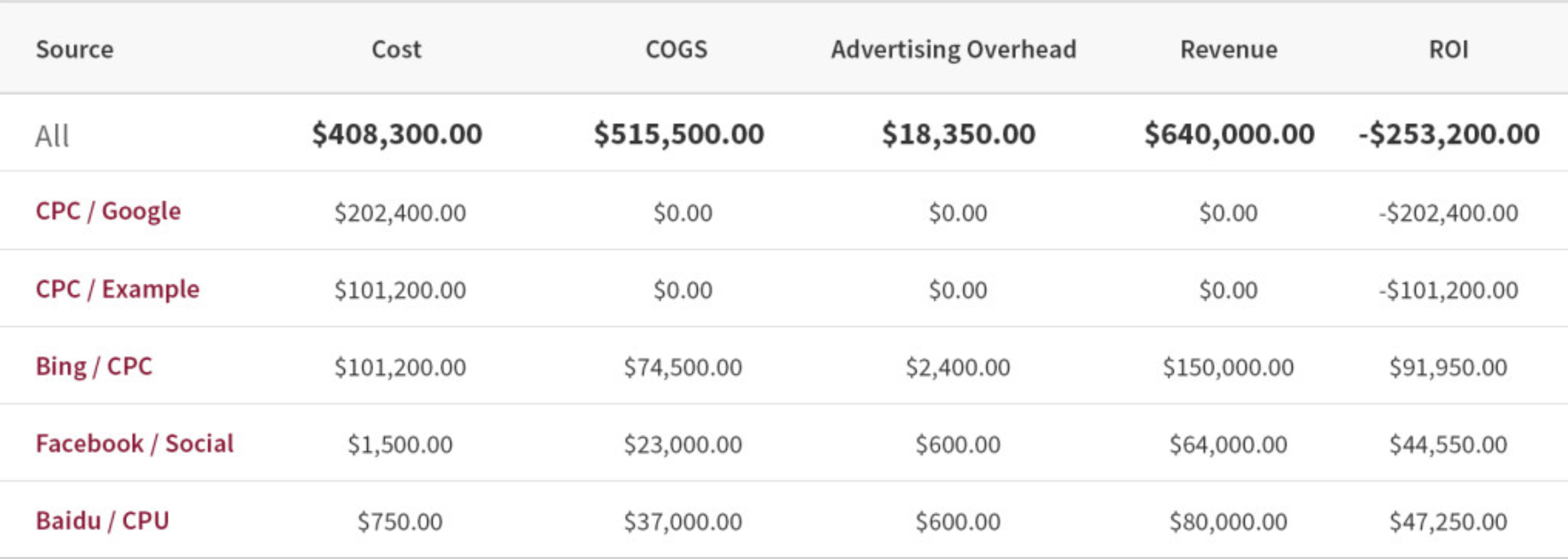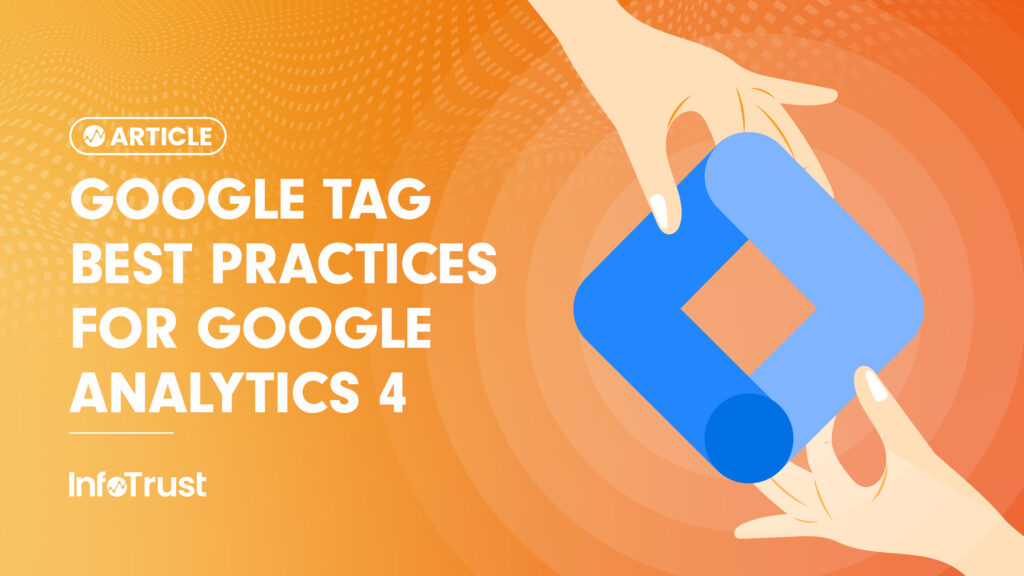Our guru in online advertising, Jimmy Love, wrote a great post about why Bing and Yahoo! advertising may sometimes be better than using only Google AdWords. Depending on what type of business you are, your value proposition and what your paid search campaigns are all about, a balanced and diverse paid search mix probably makes sense. I am going to get analytical about this though and describe how Google Analytics’ Cost Data import freature can help uncover what is working and what isn’t with your paid search campaigns.

The Google Analytics cost data upload feature allows you to take exported cost data from non-Google paid campaigns and upload it to Google Analytics. The cost data is then joined with user-interaction data, enabling detailed ROI analysis for all of your paid campaigns.
I’m going to make a few assumptions before I go further:
- You already have AdWords and Google Analytics accounts linked, importing the cost data analysis in the standard AdWords reports in Google Analytics.
- If not, you should ping us… or check out Google’s support pages how to do this.
- You run (or are considering running) other paid search marketing campaigns using other networks not integrated with Google Analytics.
- You are not a developer looking for technical how-to guide for setting up cost data import into GA but rather why it’s valuable and how that data can be leveraged.
- Find those guides here on Google’s developer support pages for using the API to do this BUT keep reading and I’ll have a slight teaser of an easier way that may require little to no coding. 🙂
Jimmy wisely states in his post, “There isn’t a right or wrong answer to advertising on AdWords or Bing Ads. They’re both great platforms with their own advantages and disadvantages. But the analyst inside of all great advertisers should prefer to test both.”
We all know it’s important for every marketer to not throw all the “eggs in one basket” when it comes to advertising, without testing and analyzing what works first. Often times, marketers run campaigns on multiple paid search networks but analyze success of those networks within each system’s interface and use different metrics to understand performance. This can allow for apples to oranges type of analysis – frowny face because I like apples to apples when it comes to data analysis 🙁
There are several key reasons why it’s important to get all your cost data into Google Analytics:
- Measuring cost according to clicks does not give you any context if those are quality clicks or not. Merging cost/click data with Google Analytics user- or session-based approach gives you insights to what happened after those ad clicks (and after you were charged for that visit!).
- Tie conversions and e-commerce revenue to the cost of an advertising channel. There is a term for this… oh yeah, ROI.
- Cross-channel and campaign analysis can help when trying to allocate budget to what is working. The cost data reports compare the cost of each campaign with its associated revenue allowing you to quickly see how each initiative performs and from which channel.
- You’ll be able to do “cross-pollination” in the sense, if something is working in one channel (particular campaign, keyword or creative in terms of ROI) you can quickly modify other channels/campaigns to take advantage of this.
- Allows marketers to get a joint view of their paid campaigns, in both the cost data reports AND attribution modelings reports within Google Analytics.

Measuring against user type (new or returning), average session duration, pages/session, conversions/e-commerce rate, and what specific actions users took after a paid click can be much more powerful in understanding what paid campaigns are working.
See below for an example custom report (data is from one day). Notice how with the cost data imported for Twitter and Bing, you can see the actual performance of these campaigns against one another. From this quick screenshot, you can see that Twitter outperformed Bing and Google paid search in terms of CPC (lower), cost per goal conversion (lower) and overall user metrics for average session duration, bounce rate and pages/session.

Note – users that click on ads multiple times are not counted as new sessions in this property (classic GA does not count new sessions for users coming from same source within session duration), hence why there may appear to be an error when looking at sessions CPC and total Cost of each source/medium.
Okay, okay, if you’ve made it this far you’re probably really excited to get started and do some cost + ROI analysis. You may also realize it’s not technically so easy, right now. The process for uploading cost data in it’s current form requires custom code working with the cost data upload process illustrated here under basic steps.
However, without giving away too much (I just came back from the Google Analytics Summit and most releases are not public yet), an easier way is coming to the web interface, which means no custom code and no working with the API. Hoorah! Even Google’s support pages have been updated quietly- “There are two ways to upload data: manually, using the Google Analytics web interface, and programmatically via the Management API’s Uploads resource. In either case, you must specify the data set that will be the target for the upload (so if you haven’t created any data sets, you’ll need to do that first).”
Another last point of consideration – with Universal Analytics (the new version of Google Analytics), you can import any custom data to merge with your Google Analytics data. Say you have a campaign running that has many more attributes beyond source, medium, campaign, and content. What if you wanted to capture creative size, department running the campaign, target group persona or other additional data? Well, now you can with Universal Analytics data import and the robust campaign widening options.
My closing thoughts are simple. To be a better marketer, you need to analyze what marketing is working and what isn’t. To be able to analyze the best channels, you need data to make sense and be actionable. Cost data import in Google Analytics will help you gain clarity and confidence to use ROI analysis and Attribution reports to understand where your marketing dollars will be best spent.
Feel free to email me directly at amin@infotrustllc.com or contact us here to learn more about the powerful features that come with importing data – both cost and custom!










